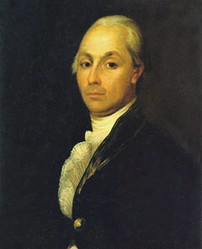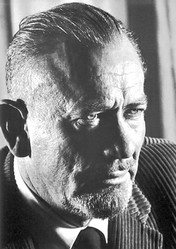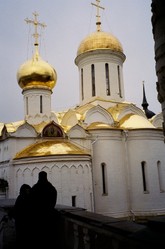As a boy Radishchev had attended the Corps of Pages school and served at the Imperial Court, after which he attended Moscow University. Catherine the Great was at this time regarded as an enlightened Empress and, recognising Radishchev as being extremely bright she allowed him to spend five years at the University of Leipzig studying law. But whilst there Radishchev absorbed the literature and philosophy of the European Enlightenment.
Other Russians had gone abroad like Radishchev. They had been been fired with enthusiasm for ideas of liberty and freedom which were sweeping Europe. On their return to Russia they normally settled down, taking advantage of Catherine’s enlightened despotism to further their careers.
Radishchev did not fit this pattern – he was a man before his time in a country whose elite embraced Enlightenment values but were understandably terrified of radical change.
Radishchev’s A Journey... was deeply influenced by ideals of Western Enlightenment, although rooted in Russian conditions. Inspired by the American Revolution and in part by the French Revolution, the book called for religious tolerance, equality of possessions and inevitably the sweeping away of the monarchy.
Although the author had absorbed these concepts as a young man, unlike many of his compatriots, he never lost his youthful radicalism.












 How to Choose a Walking Cane or Stickon 08/01/2014
How to Choose a Walking Cane or Stickon 08/01/2014
 Michael Miller Fabulous Fabric Swatches for Quilting, Crafts etcon 07/02/2014
Michael Miller Fabulous Fabric Swatches for Quilting, Crafts etcon 07/02/2014
 The Drama of Life in the Rock Poolon 06/08/2014
The Drama of Life in the Rock Poolon 06/08/2014
 The Flâneur - Symbol of Modernity in 19th Century Parison 05/09/2014
The Flâneur - Symbol of Modernity in 19th Century Parison 05/09/2014



Comments
I am so glad you found it interesting Catana. I too am amazed by people's courage! Humbling really....